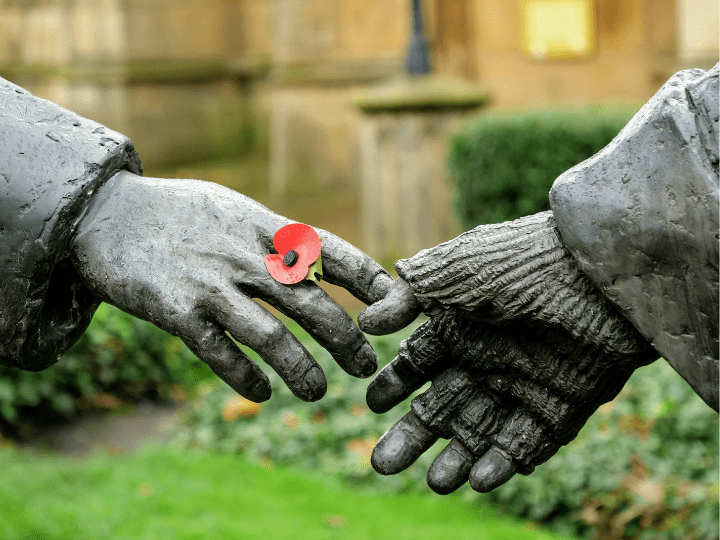It happens every year: the first deep freeze arrives sooner than expected, and suddenly homeowners are dealing with the unpleasant surprise of frozen pipes. What starts as a small blockage can quickly turn into a major problem, leading to burst pipes, flooding, and thousands of dollars in repairs.
Understanding how frozen pipes happen, what they really cost to fix, and how your insurance responds can help you prepare (and hopefully prevent) a costly claim this winter.
How Frozen Pipes Happen
Pipes freeze when the water inside them drops below 0°C and expands, putting pressure on the pipe walls. The most vulnerable areas are basements, attics, crawl spaces, and exterior walls – anywhere insulation is thin or cold air leaks in.
It’s a common misconception that only older homes experience frozen pipes. In reality, even newer builds can face the same risks if temperatures dip quickly or insulation isn’t evenly distributed.
The Cost of Frozen Pipes
If a pipe freezes but doesn’t burst, you might get away with minimal costs; a few hundred dollars for thawing and insulation. But once a pipe bursts, the expenses can climb fast.
- Plumbing repairs: $300–$1,000 per section of damaged pipe
- Water extraction and cleanup: $1,000–$3,000
- Drywall, flooring, and insulation replacement: $2,000–$10,000 or more
- Mould remediation (if delayed): $1,500–$5,000
In total, a burst pipe can easily exceed $10,000 in damage, especially if it goes unnoticed for several hours.
Does Home Insurance Cover Frozen Pipes?
The good news: most standard home insurance policies do cover water damage caused by frozen or burst pipes, provided the home was adequately heated and maintained.
However, coverage may be limited if:
- You were away from home and didn’t shut off the water or drain your pipes.
- The property wasn’t properly heated.
- The damage resulted from long-term neglect or lack of maintenance.
Your broker can help you confirm the exact terms in your policy, including any exclusions or special conditions around water damage.
How to Prevent Frozen Pipes (and Avoid the Bill)
Preventing frozen pipes is easier and far cheaper than repairing them. A few simple steps can save you thousands:
- Keep your heat on, even when you’re away. Set your thermostat no lower than 15°C.
- Open cabinet doors under sinks to let warm air circulate around pipes.
- Insulate vulnerable areas, especially in basements, crawl spaces, and garages.
- Shut off and drain outdoor faucets before the first hard frost.
- Install a leak detector that alerts you to sudden water flow changes.
If you’re heading away for an extended time, ask someone to check your home regularly as most insurers require this for ongoing coverage during cold weather.
_
Frozen pipes can happen fast, but a little preparation goes a long way toward protecting your home. Staying proactive, keeping your home heated, and reviewing your insurance policy before winter hits are the best ways to avoid an expensive surprise.
If you’d like to confirm what your home insurance covers or explore additional protection against water damage, our team is here to help you prepare for the season ahead. Contact us to learn more.










